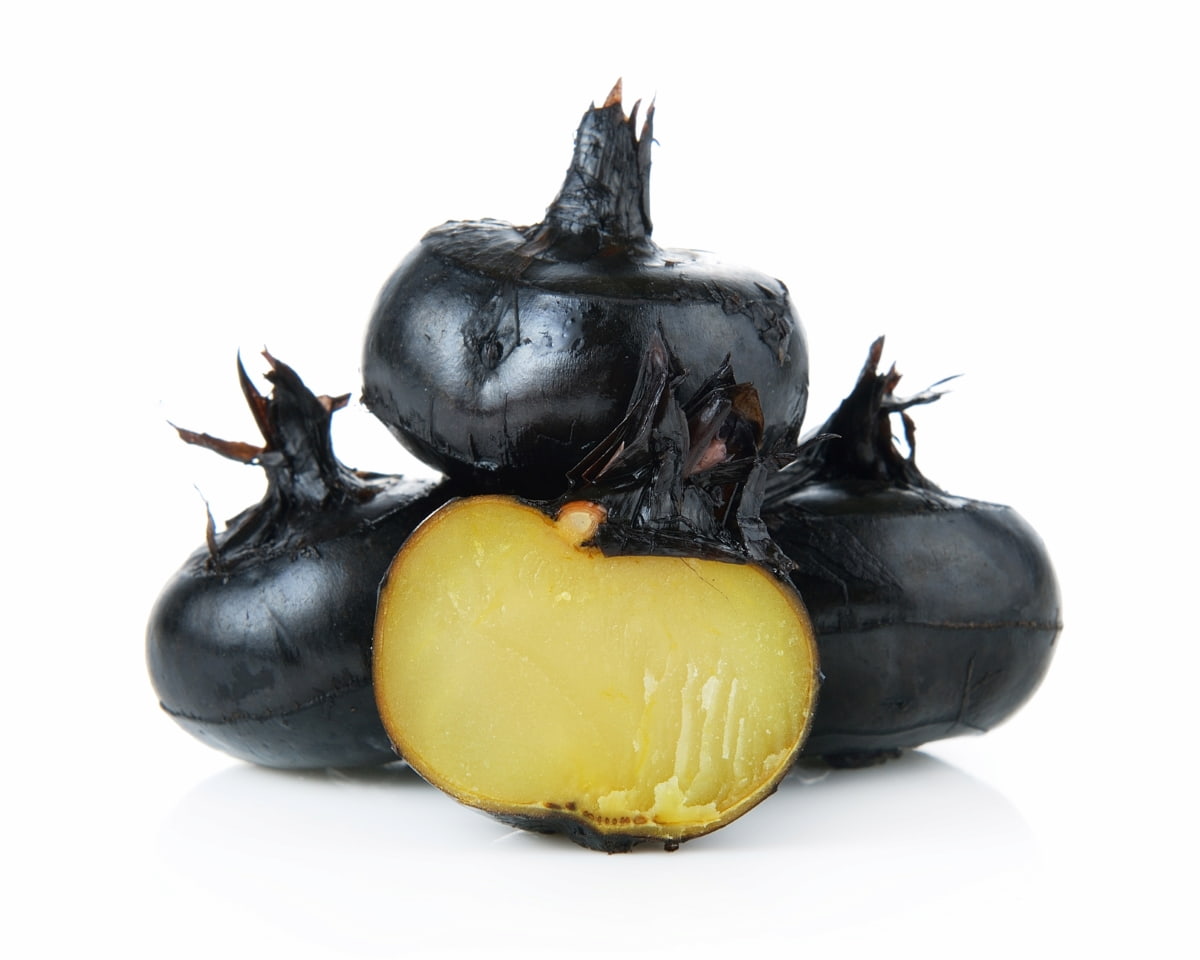Water chestnuts, a unique aquatic vegetable, are cherished for their crisp texture and subtle sweetness. Cultivating water chestnuts can be a gratifying endeavor for both novice and experienced gardeners. Whether you’re curious about growing water chestnuts in your backyard pond or indoors, this article offers practical, easy-to-follow steps.

Additionally, it delves into the essential aspects of storing, preserving, and creatively incorporating water chestnuts in various dishes. Troubleshooting common issues in water chestnut farming is also addressed, ensuring a smooth and successful cultivation journey.
Best Practices to Grow Water Chestnut
Understanding Water Chestnuts
Water chestnuts, not to be confused with nuts, are aquatic tuber vegetables that grow in marshes, ponds, and paddy fields. Their renowned crispness and delightful sweetness have garnered popularity in diverse culinary traditions. Many people wonder if water chestnuts grow in water, and indeed, they thrive in shallow, standing water or muddy areas.
While they are traditionally grown outdoors, learning how to grow water chestnuts indoors has become a point of interest for many gardening enthusiasts. This guide will provide simple, step-by-step instructions to help beginners successfully cultivate water chestnuts, whether indoors or outdoors.
Selecting the Right Location for Water Chestnut Cultivation
The first step in growing water chestnuts is selecting the right location. They require a sunny spot with access to plenty of water. For outdoor cultivation, a shallow pond, bog garden, or a container that can hold water is ideal. When considering how to grow water chestnuts indoors, ensure you have a large container that can be filled with water and placed in a well-lit area, preferably near a window. This setup mimics the natural habitat of water chestnuts, providing them with the right conditions for growth.
Preparing the Soil for Water Chestnut Growth
Preparing the soil is crucial for water chestnut cultivation. For water chestnuts to thrive, it’s essential for the soil to be high in organic content and exhibit good water retention capabilities. For outdoor gardens, adding compost or well-rotted manure helps enrich the soil. In indoor settings, using a mixture of garden soil and compost in your water-holding container creates an ideal environment. The soil should be loose and fertile to promote the healthy growth of tubers.
Planting Water Chestnut
Planting water chestnuts begins with choosing healthy corms or tubers from a reliable source. The best planting time aligns with the water chestnut season, typically in the spring when the danger of frost has passed. For outdoor planting, place the corms in the prepared soil with the shoot facing upwards and ensure they are submerged in shallow water. Indoors, the corms are planted similarly in containers filled with the soil-compost mixture and water. Consistent water levels are vital for the tubers to develop properly.
Caring for Water Chestnut Plants
Caring for water chestnut plants involves maintaining adequate water levels and ensuring they receive enough sunlight. Regularly check the water levels, especially in containers, to ensure the roots are always submerged. Water chestnuts need at least six hours of direct sunlight daily to grow well. Additionally, feeding the plants with a balanced, water-soluble fertilizer every few weeks promotes healthy growth. Be mindful of the temperature, as water chestnuts prefer warmer climates and might not thrive in cooler conditions.
Managing Pests and Diseases in Water Chestnut Cultivation
While water chestnuts are relatively hardy, they can be susceptible to pests and diseases. Regular monitoring is crucial to identify any signs of infestation or disease early. Common issues include fungal diseases, which can be managed by ensuring good air circulation and avoiding overcrowding. If pests are detected, using appropriate, non-harmful pest control methods is essential to protect both the plants and the aquatic environment in which they thrive.
In case you missed it: How to Use Neem Oil on Lily Plants: Best Natural Way to Get Rid of Pests on Lily Plants

Harvesting Water Chestnuts
The most rewarding part of growing water chestnuts is the harvest. Water chestnuts are typically ready to harvest in late summer or early autumn, about 6-7 months after planting. You’ll know they’re ready when the leaves turn yellow and begin to wilt. Carefully dig out the tubers from the mud, taking care not to damage them. After harvesting, clean the tubers, and they are ready to use in your favorite recipes. Remember, freshly harvested water chestnuts have a sweeter, more pronounced flavor compared to store-bought ones.
Storing and Preserving Water Chestnuts
After harvesting water chestnuts, proper storage and preservation are key to maintaining their freshness and crisp texture. Freshly harvested water chestnuts can be stored in the refrigerator for up to two weeks. For longer storage, they can be peeled, blanched, and then frozen, which preserves their quality for several months.
Drying is another method, where peeled chestnuts are thinly sliced and dried in the sun or a dehydrator. This process extends their shelf life and provides a convenient way to use them later in various dishes. Remember, the way you store and preserve water chestnuts will impact their texture and flavor in your culinary creations.
Utilizing Water Chestnuts in Culinary Delights
Water chestnuts are incredibly versatile in cooking, known for adding a crunchy texture and a mildly sweet flavor to dishes. They are a staple in Asian cuisine, commonly used in stir-fries, salads, and as a filling in dumplings. However, their use is not limited to Asian dishes; they can also be incorporated into Western cuisine, like in vegetable medleys, as a crunchy topping for salads, or even in desserts. Experimenting with water chestnuts can add a unique twist to traditional recipes, making them a delightful ingredient to explore in the kitchen.
Troubleshooting Common Issues in Water Chestnut Farming
When growing water chestnuts, several common issues may arise, such as poor tuber development, yellowing of leaves, or pest infestations. Poor growth often results from inadequate sunlight or improper water levels. Providing adequate light to the plants and maintaining consistent root submersion can help alleviate this problem.
Yellowing leaves might indicate a nutrient deficiency, which can be corrected with appropriate fertilization. Pests and diseases require prompt attention, with careful selection of environmentally safe treatments to protect the plants and their aquatic habitat. Being vigilant and responsive to these issues is crucial for a successful water chestnut harvest.
In case you missed it: Ashwagandha Farming Business Plan: Economics, Cost, and Profit Analysis

Conclusion
Growing water chestnuts is a journey that extends beyond mere cultivation, encompassing the joy of harvesting, the art of preservation, and the pleasure of culinary exploration. This guide has provided you with the knowledge to start and maintain a healthy water chestnut crop, whether in an outdoor pond or indoors. It has also equipped you with strategies for storing and savoring these delightful tubers in a myriad of dishes. As you embark on or continue this gardening adventure, remember that each step, from planting to troubleshooting, contributes to the rewarding experience of bringing these unique aquatic vegetables from pond to plate.
- Ultimate Guide to Ossabaw Island Hog: Breeding, Raising, Diet, and Care
- Ultimate Guide to Juliana Pig: Raising Facts, Size, Diet, Care, and Lifespan
- Raising Lleyn Sheep: Disadvantages, Price, Uses, Characteristics, and Care
- Ultimate Guide to Meishan Pig: Breed Facts, Breeding, Raising, and Care
- Ultimate Guide to Teacup Pigs: Raising, Diet, Lifespan, Cost, and Care
- Guide to Raising Poll Dorset Sheep: Facts, Profile, Characteristics, Uses, and Care
- Ultimate Guide to Bighorn Sheep: Characteristics, Diet, Lifespan, Breeding, and Lifecycle
- Ultimate Guide to Raising Katahdin Sheep: Farming Facts, Breed Profile, Uses, and Care
- Ultimate Guide to Raising Oreo Cows: Belted Galloways Farming Facts, Profile, Uses, and Care